The Report from Spotted Tail 7/31/11
King salmon season ended on July 25. Fish are still coming into the Goodnews River, and some are still being caught. All caught kings are being released.
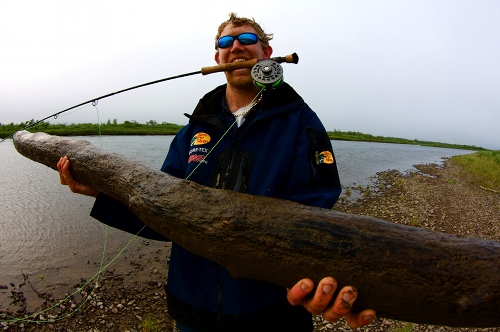
Willie was fishing for salmon when this log took his fly. It was the biggest piece of wood I've ever seen taken on fly.
Chums, pinks, and sockeyes are busily digging redds and dropping eggs. Dollies and rainbow trout are sitting just downstream gorging themselves. These fish are suckers for a dead drifted bead or glo-bug.
Dolly fishing has been sensational with the average fish over 20 inches long, and some reaching almost 30. While beads take the most fish, a small orange gurgler tied on a #8 long shank hook is the ticket to the most fun you can have with a Dolly (other than maybe eating one). Friday morning Randy and Allison Blackman got a couple dozen fish while out with me, all on gurglers. Allison had the biggest, a fish of 27 inches. Most are just starting to color up. A few are already sporting fall colors.
The “biteyness” of the chums is dropping fast. Lots of them are starting to look cheesey, a sign that the numbers coming into the river are dropping. Dead ones are beginning to appear along the banks. There are still LOTS of chums coming into the river, though.
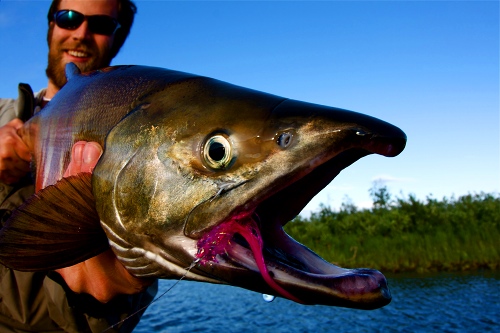
Mudfoot "Chum King" Church with a beautifully colored chum salmon. This fly works well for silvers, too.
The other day John and Dean hooked three silvers while fishing for chums and pinks. Two jumped off. We ate the third. By this time next week they will be coming in in force, thousands of them.
Fly casters throw various weighted fly patterns on #2 hooks, in cerise, hot pink, orange, chartreuse, and blue. Poppers and gurglers can be used to “wog” silvers, some of the most fun you can have fishing. Yesterday Mike Hummel wogged up four of them on a cerise popper, only to lose all four. He and his grandson Joe Foley managed dozens of chums and three silvers on streamers, however. It was a spectacular afternoon of fishing in spite of the weather, with double hookups happening all afternoon.
Spin fishermen will take lots of silvers on Mepps Flying Cs and Pixie spoons. I like to use 3/8 to 5/8 ounce DOA jigs with soft plastic twisty tails (CALs) in chartreuse, hot pink, orange, and other colors as available. Not many folks throw jigs for salmon but they are extremely effective.
Embrace simplicity.
Life is great and I love my work!
Life is short- go fishing!
John Kumiski
All content in this blog, including writing and photos, copyright John Kumiski 2011. All rights are reserved.
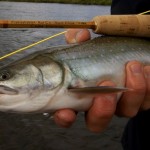
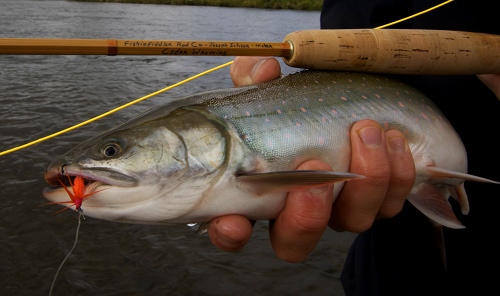
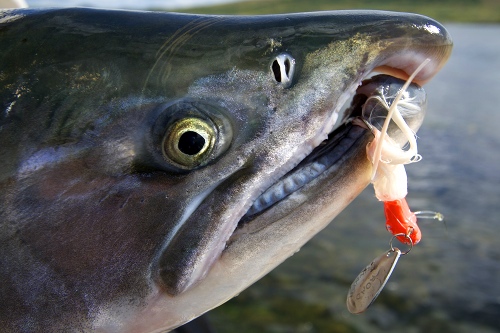
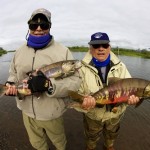
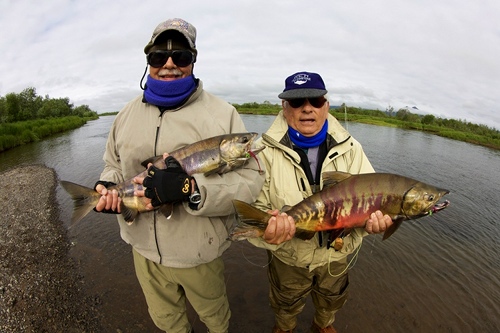
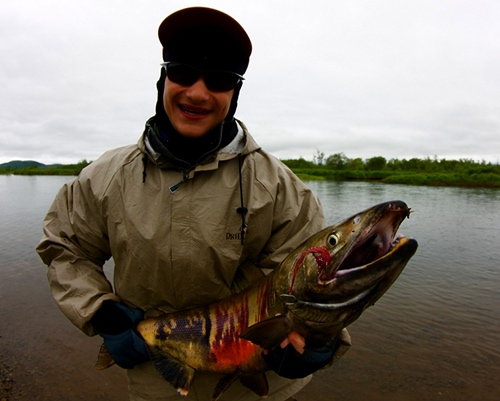
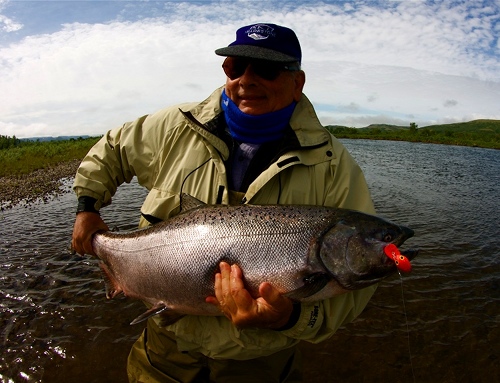
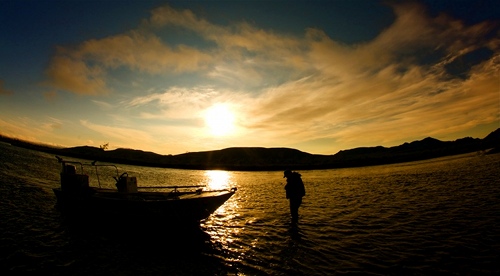
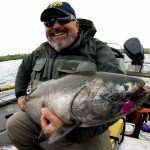

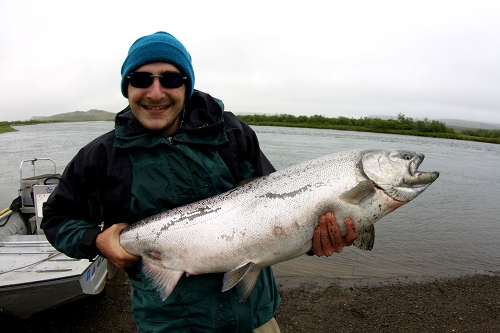
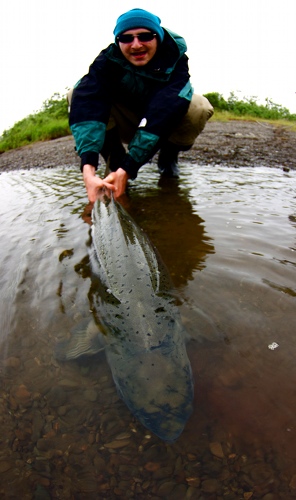
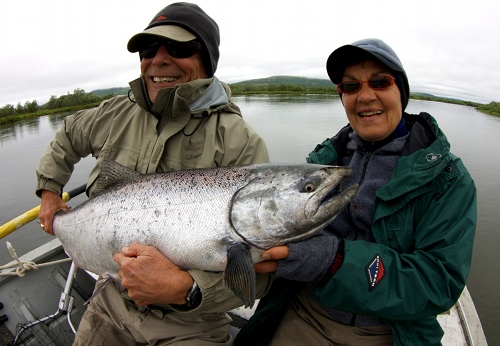
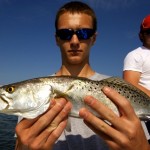
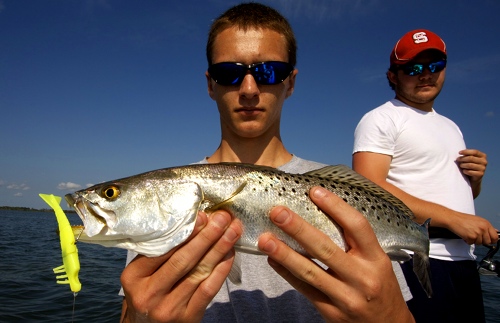
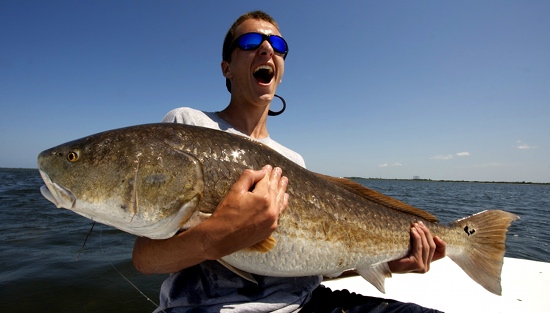
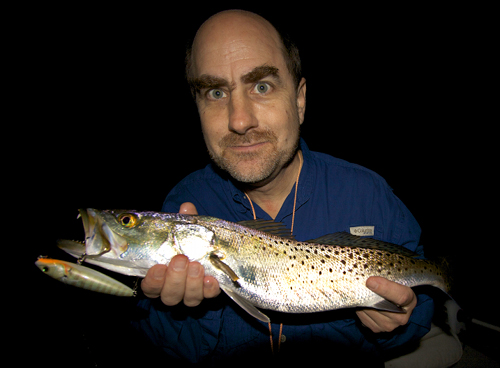
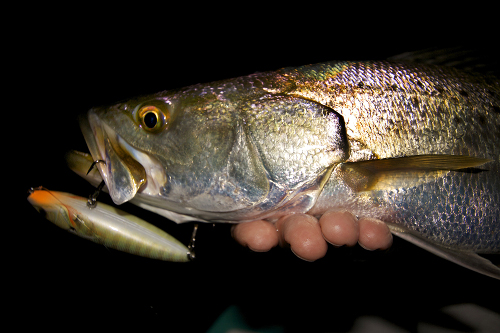
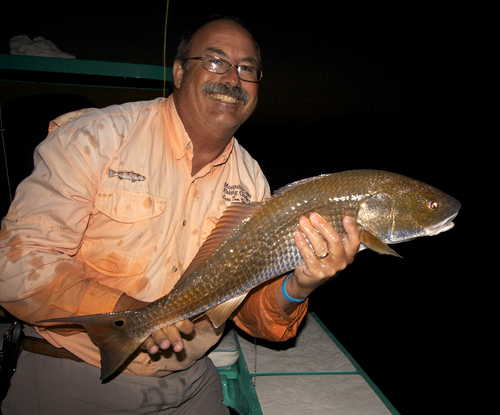
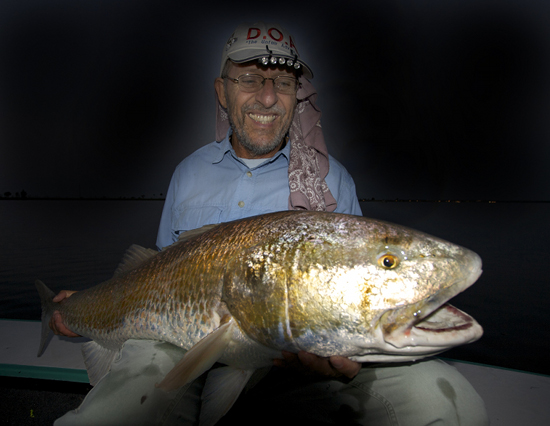
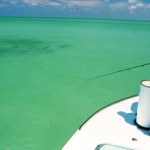
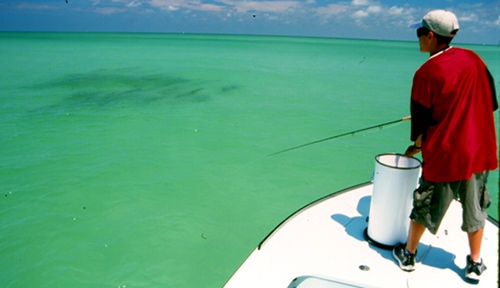
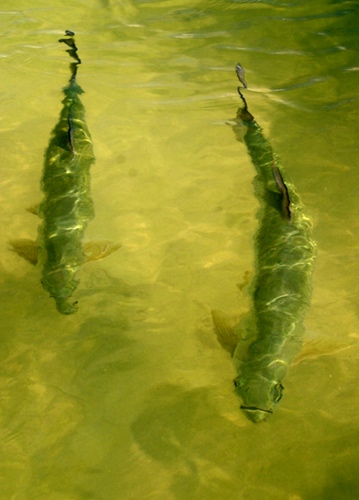
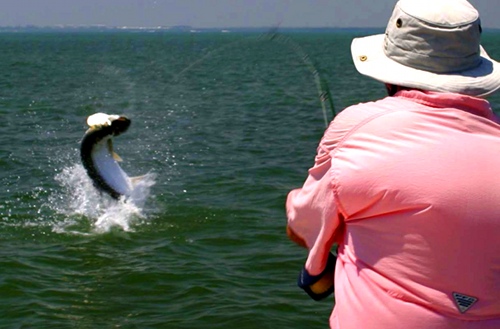
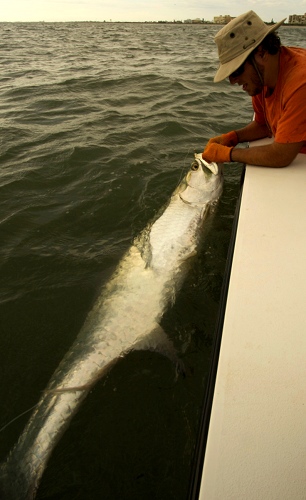
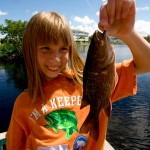
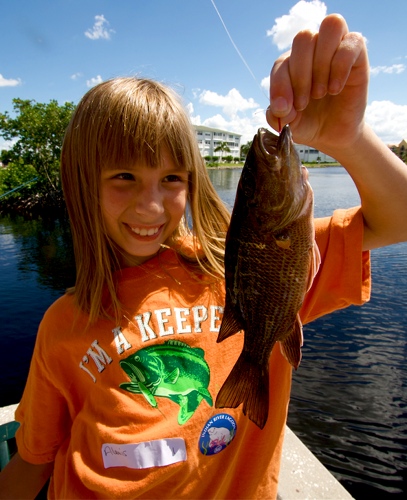
Recent Comments